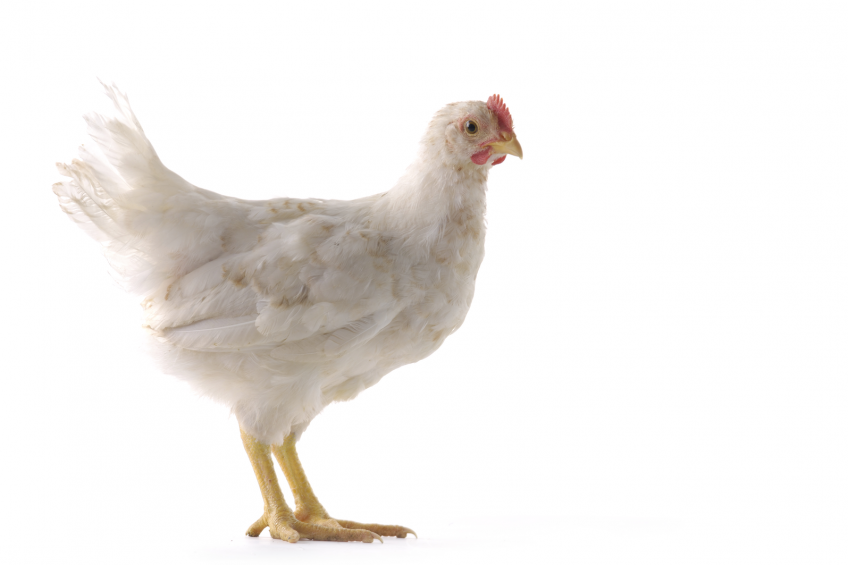UK poultry sector refutes negative antibiotic claims

Poultry industry leaders in the UK claimed this week that they are leading the way in cutting antibiotics use in in the wake of a report saying their use in farming is fuelling drug resistance and should be cut back or even banned.
The Review on Antimicrobial Resistance said global use of antimicrobials in food production at least matched that by humans and that “excessive and inappropriate” deployment, including to stop infection within a flock or herd, or simply to increase the pace at which animals gain weight, was a problem.
Denmark as an example
The report, chaired by economist Jim O’Neill, urged countries to reduce levels of antibiotics use to that of Denmark, which uses an average of 50mg of antibiotics a year for every kilogram of livestock.
But John Reed, British Poultry Council chairman, said the sector was already taking considerable action. Speaking at the BPC awards in parliament on 8 December, Reed said: “We are leading the way on antibiotics use through the BPC chicken antibiotics scheme set up in 2011. We have been collecting and sharing our usage data with the Veterinary Medicines Directorate and contributed to the recent Veterinary Antimicrobial Resistance and Sales Surveillance report.
30% reduction in antibiotic use
“Our data shows a 30% reduction in antibiotics use in the poultry meat sector during 2013-14. This is a significant achievement and we will continue to collect data, helping us to identify where we can make further improvements. We will be assessing the 2014-15 data early next year.”
Earlier this year, 2 Sisters Food Group announced it was removing all antibiotics considered critically important to human health by the World Health Organisation from its poultry production, to help counter the risk of antibiotics resistance in humans.
The decision saw macrolides removed from use in broilers, in addition to the industry’s voluntary ban on the prophylactic use of fluoroquinolones in day-old chicks, and third- and fourth-generation cephalosporins, which are no longer licensed.
Practical approach to antibiotic reduction
Catherine Sayer, National Office of Animal Health chairwoman, said organisations such as Responsible Use of Medicines in Agriculture (Ruma) were taking practical steps towards reducing antibiotics use.
“Farmers and veterinary surgeons in the UK, supported by the animal medicines sector, use antibiotics responsibly – as little as possible, but as often as necessary. The sector will continue to provide the essential medicines that are needed to maintain high standards of animal health and welfare, thus contributing to the continued availability of safe, affordable food for everyone,” she added.
Reduction targets within poultry sector
But the Alliance to Save our Antibiotics said it would like to see the introduction of reduction targets within the poultry sector. Spokeswoman Emma Rose said the targets needed to be set species by species. “In the UK, intensively-reared pigs and poultry account for about 90% of total farm antibiotics use.
“The UK must introduce a ban on the routine preventative treatment of groups of healthy animals. Although growth promotion is now banned in the EU, groups of pigs and poultry continue to be frequently mass-medicated for disease prevention, even before any disease has been diagnosed. Such practices should have no place in any serious strategy to tackle human drug resistance.”
Source: Poultry World












